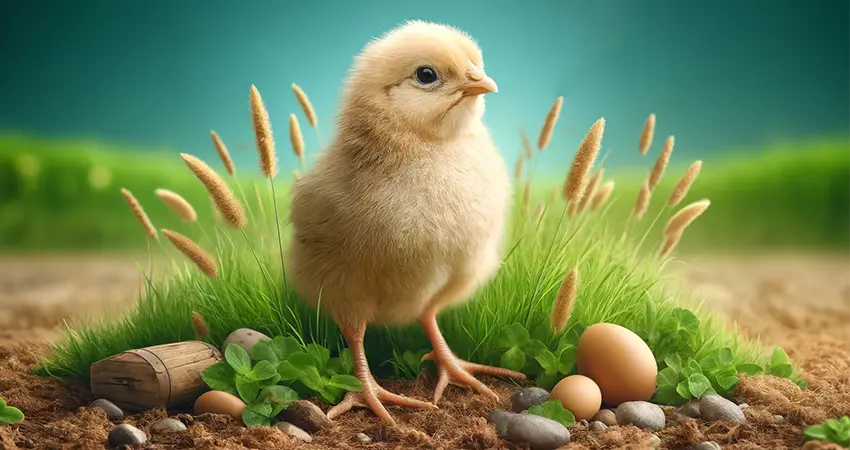Chicks, the adorable offspring of chickens, captivate hearts with their fluffy appearance and curious nature. These tiny creatures play a crucial role in the poultry industry and are cherished by backyard farmers and bird enthusiasts alike. Understanding the life cycle, care requirements, and behaviors of chicks can provide valuable insights into their world, making them an engaging subject for animal lovers and hobbyists.
The Life Cycle of Chicks
The journey of a chick begins with the egg. Fertilized eggs incubate for approximately 21 days before hatching. During incubation, maintaining the right temperature and humidity levels is vital for the embryo’s development. As the hatching day approaches, the chick uses a specialized tooth called an “egg tooth” to break through the shell. This process, known as pipping, can take several hours. Once out of the shell, the chick dries off and starts to explore its new environment.

Care and Feeding of Chicks
Proper care is essential for the health and growth of chicks. A warm brooder, a type of heated enclosure, is necessary to keep chicks comfortable, as they are unable to regulate their body temperature. The brooder temperature should start at around 95°F (35°C) and gradually decrease by 5°F each week until the chicks are fully feathered. Clean bedding, fresh water, and a balanced chick starter feed are fundamental for their well-being. This feed is specially formulated to provide the necessary nutrients for growth and development.
Social Behaviors and Development
Chicks are social animals that thrive in the company of their flock mates. They communicate through various vocalizations and body language. For example, peeping is a common sound indicating contentment, while distress calls signal discomfort or danger. Observing these behaviors can help caretakers address any issues promptly. As they grow, chicks engage in pecking order behavior, establishing a hierarchy within the group. This natural process is essential for their social structure and should not be mistaken for aggression.

Common Health Issues and Prevention
While chicks are generally hardy, they can be susceptible to certain health issues. One common problem is “pasting up,” where feces stick to the vent area, potentially causing blockage. Regularly checking and cleaning the vent area can prevent this condition. Another concern is coccidiosis, a parasitic disease affecting the intestinal tract. Ensuring a clean living environment and using medicated feed can help prevent outbreaks. Vaccinations and biosecurity measures are also effective in protecting chicks from diseases.
Transitioning to Adulthood
As chicks mature, they undergo significant physical and behavioral changes. By six weeks, most chicks are fully feathered and can regulate their body temperature, allowing them to transition from the brooder to an outdoor coop. At this stage, their diet changes to include grower feed, which supports their continued growth. Social interactions become more complex as they integrate with older chickens, and their personalities start to emerge.

The Joy of Raising Chicks
Raising chicks can be a rewarding experience, offering a closer connection to nature and the food supply chain. Whether for egg production, meat, or simply as pets, chicks bring joy and educational opportunities to those who care for them. Their rapid growth and endearing behaviors make them a favorite among children and adults alike.
In conclusion, chicks are more than just baby chickens; they are fascinating creatures with unique needs and behaviors. Providing proper care and understanding their development can ensure a healthy and happy life for these little birds. By raising chicks, we gain insight into the broader world of poultry and the intricate dynamics of animal husbandry.







